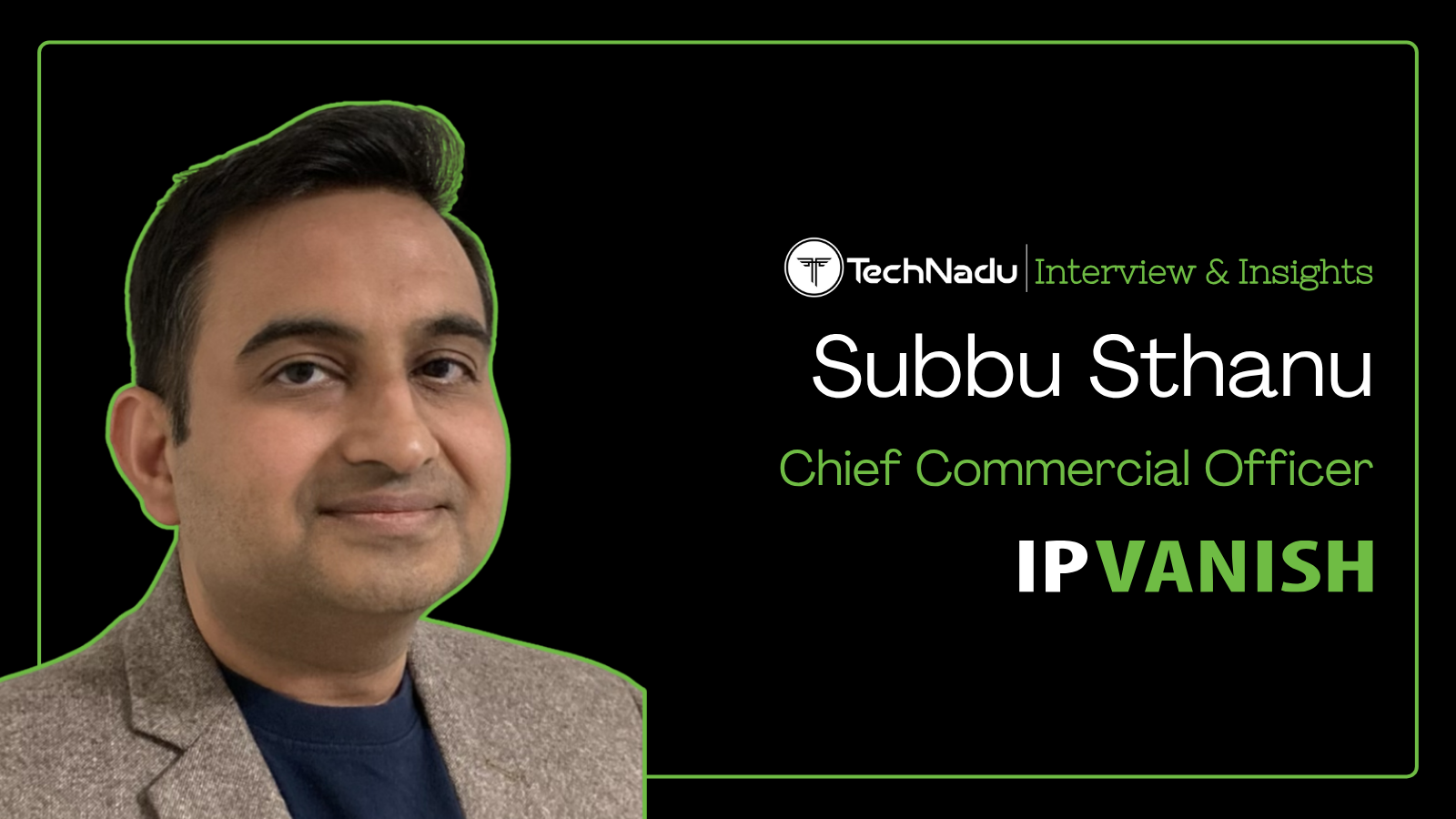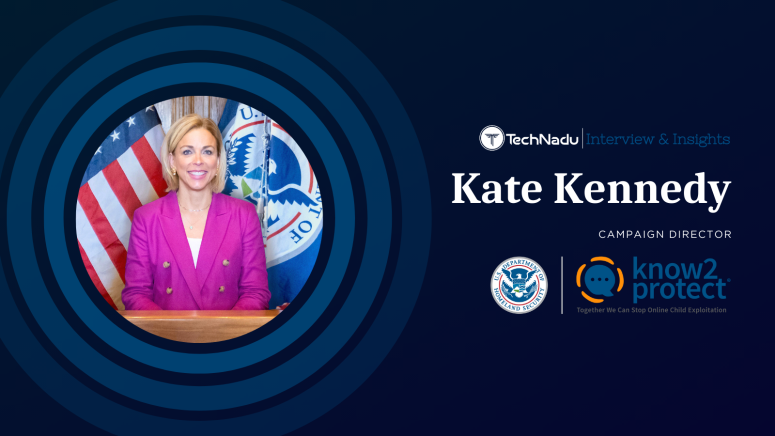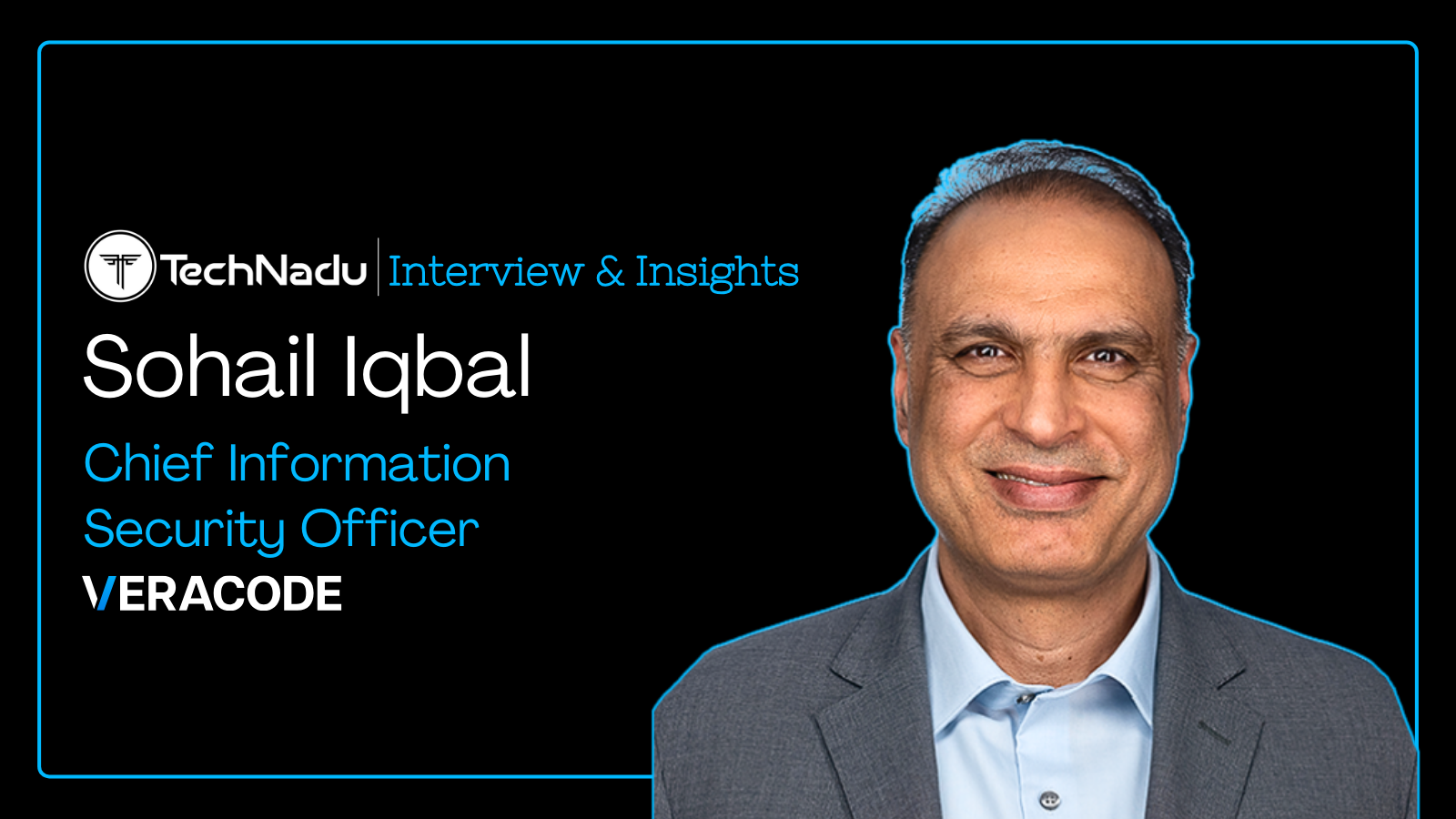
Protecting Children from Online Abuse, Sexual Exploitation and Groomers with ‘Know2Protect’ by the Department of Homeland Security
In this interview, TechNadu asked pressing questions about online child exploitation to Kate Kennedy, Campaign Director of Know2Protect, U.S. Department of Homeland Security.
Children rely on elders and guardians to protect them from harm. However, they cannot be followed everywhere. This is why we, as part of the media industry, are using our platform to raise our voice and create awareness about protecting children from the worst form of abuse.
Research shows that one in five girls and one in seven boys experience sexual abuse during their childhood.
To combat Child Sexual Exploitation and Abuse (CSEA), society needs stronger arms strengthened with the collaborative effort of guardians, helpful individuals, teachers, the government, and the media.
In this interview, Kennedy addressed our questions about reporting online child sexual abuse, resources for victims and guardians, and upcoming campaigns by the DHS.
Read on to get expert answers to do your part for this critical cause and stop child sexual abuse, child pornography, and other forms of abuse with the Know2Protect campaign.
Vishwa: What is the Know2Protect (K2P) campaign, and how can people get involved?
Kate: The threat of online child exploitation has never been bigger or more sophisticated. DHS increased the footprint of law enforcement partners at C3, last year, to enhance coordination across all DHS agencies and offices to combat cyber-related crimes and further the Department’s mission to combat online CSEA.
In 2024, U.S. Immigration and Customs Enforcement’s (ICE) Homeland Security Investigations (HSI) identified and arrested nearly 5,000 individuals involved in online CSEA, while also recovering nearly 1,800 child victims. In the same year, the National Center for Missing and Exploited Children (NCMEC) received more than 20 million reports of online child sexual abuse material. To address this growing threat, DHS launched the Know2Protect campaign in April 2024.
Know2Protect is DHS’s national awareness campaign to prevent online child sexual exploitation and abuse. It equips parents, educators, and youth with tools to recognize risks, set digital boundaries, and report abuse. People can visit Know2Protect.gov to access educational materials, training, and co-branded resources, or follow @Know2Protect on social media.
One of the best ways to get involved is to help educate parents and children in your community. Know2Protect offers an in-person education program, Project iGuardian.
The HSI law enforcement officers who investigate these crimes provide engaging presentations designed to inform children, teens, parents, and trusted adults on these threats and how to implement prevention strategies. These presentations can be given at the office during a Lunch and Learn, at schools, a local library, or during an extracurricular event. Learn more at Training | Homeland Security.
Vishwa: What are the common traits or approaches of abusers?
Kate: Abusers often build trust through flattery, secrecy, and manipulation. They may pose as peers, use fake profiles, or offer gifts. Grooming signs include excessive online communication, secrecy about online activities, or sudden withdrawal from family or friends.
Once a groomer establishes rapport with the victim, they may share sexually explicit photos. Ultimately, the goal usually is to obtain self-generated child sexual abuse material from their victims or meet them in person.
Vishwa: What methods do abusers use to manipulate children?
Kate: Predators and other criminals use grooming, sextortion, threats, and social engineering to gain compliance. This harms a child’s self-worth and trust and deeply impacts their families.
After someone convinces a child or teen to send sexually explicit material, they usually continue to apply considerable pressure, usually in the form of threats, to get the child to send more.
Sometimes they share the child’s original images or videos with their friends and family — or with the public — to coerce them into sending more images. Educating youth early on how to recognize these tactics is key to prevention.
Vishwa: What should children do if targeted?
Kate: Children should never respond to threats or demands. They should tell a trusted adult, save evidence, such as texts, photos, and other communication, and block the user.
Law enforcement prioritizes their safety and protects their identity. Tips can also be submitted anonymously online.
Vishwa: How do law enforcement agencies investigate child abuse?
Kate: ICE’s Homeland Security Investigations, the lead federal agency responsible for investigating cyber-crimes against children, along with partner agencies, use advanced tools, forensic analysis, and international databases to track offenders.
In FY24, HSI’s work resulted in securing over 4,900 arrests and the identification or rescue of nearly 1,800 children.
Recently, HSI, in collaboration with international law enforcement agencies, conducted Operation Renewed Hope III, which led to the identification of 36 more victims of online child sexual exploitation and abuse and 380 investigative leads related to additional victims
Vishwa: What is online child sexual abuse material (CSAM), and how is it reported?
Kate: CSAM includes any sexualized content involving minors, including AI-generated material. It’s illegal to produce, possess, or share CSAM, regardless of whether the image is of a real, live victim or an AI-generated or manipulated one
If you suspect a child has been abducted or faces imminent danger, dial 911 or contact your local police.
Members of the public who suspect a child might be a victim of exploitation are urged to call the ICE tip line at 866-347-2423, the Know2Protect Tipline at 1-833-591-KNOW (5669), or visit the NCMEC CyberTipline at https://report.cybertip.org.
Vishwa: What platforms do predators use? Who is most at risk?
Kate: Predators target youth through games, chat apps, social media, and video sites—anywhere kids connect online. These crimes do not discriminate; potential victims come from all walks of life.
Still, those children who struggle with isolation, self-worth, and suffer emotional struggles may be more vulnerable. Boys ages 14–17 are frequent targets in financial sextortion cases. Learn more about these threats: Know the Threats | Homeland Security.
Vishwa: What online safety tips should families follow?
Kate: First and foremost, family members should ensure that they establish open communication between children and/or teens and parents or trusted adults to ensure that they set privacy settings, limit location sharing, and discuss safe posting habits.
Know2Protect.gov offers age-appropriate lessons, coloring pages, and activity sheets to reinforce safety habits at home and school.
There’s also a Kids and Teens page on Know2Protect.gov that offers more tips and activities. Parents and other trusted adults should visit Know2Protect’s resources page to learn more.
Furthermore, adults and teens can learn how to keep kids safe in the digital world by watching a recent livestream between HSI Special Agent Dennis Fetting and country music star John Rich, both fathers.
This candid conversation covers the real dangers kids face online and ways parents and trusted adults can protect them. This livestream is recommended for ages 13 and above.
Vishwa: What support is available for victims?
Kate: There are a multitude of resources, most are free, that offer everything from counseling to assistance in removing CSAM from the web. Additionally, Know2Protect offers tips on helping victims, including a discussion guide that contains do’s and don’ts when engaging survivors.
The National Center for Mission and Exploited Children also offers information on available services and support for both survivors and their families.
Vishwa: What advice do you have for those concerned about CSAM on their devices?
Kate: Don’t delay—report it immediately to local law enforcement or via CyberTipline.org. Possession of CSAM, even if unintentional, is a federal crime. Early action can help protect victims and demonstrate accountability.
Vishwa: What are the penalties for online child abuse?
Kate: Federal penalties for CSAM can include lengthy prison terms, sex offender registration, and career loss. Whether created with real images or AI, the abuse of minors online is likely to be prosecuted. It’s important for both kids and adults to understand the harmful consequences of these actions.
Vishwa: Is there anything else you’d like to add?
Kate: DHS’ efforts to protect children from online child abuse and exploitation through the Know2Protect campaign are showing tangible results.
This Includes:
- (As of Feb. 28, 2025): The campaign has achieved half a billion (518 million) impressions total, with 32% of the impressions coming from donated advertising dollars from campaign partners (Google, Snapchat, Lamar, Meta, and Roblox).
- Since the re-launch of the new Project iGuardian program (Oct. 2023), nearly 2,000 Project iGuardian presentations have been given reaching over 200,000 people, domestically and internationally, resulting in more than 116 victim disclosures, which has led to more 90 investigative leads.
Vishwa: Are there any upcoming projects that you would like to share?
Kate: In August 2025, the campaign will launch Pledge2Protect, the official, nationwide call-to-action of the Know2Protect campaign. The goal of Pledge2Protect will be to galvanize communities to take action by taking the pledge to prevent crimes of exploitation targeting kids online.
Parents, teens, and kids will have the opportunity to take the pledge, receive age-appropriate resources, and share that knowledge with others by passing the pledge. It's time to move from awareness to action—help us prevent online exploitation and implement life-saving strategies.














